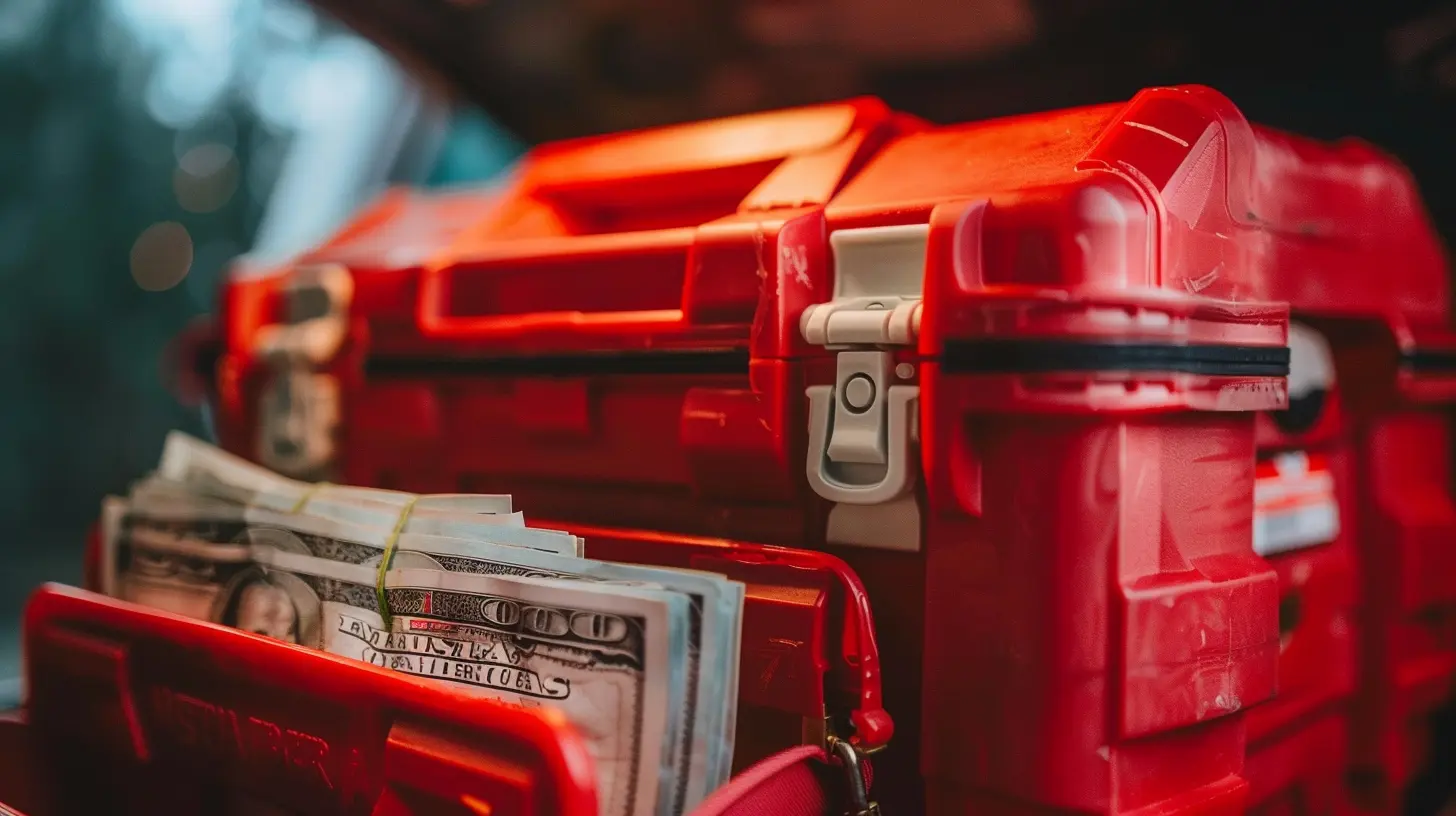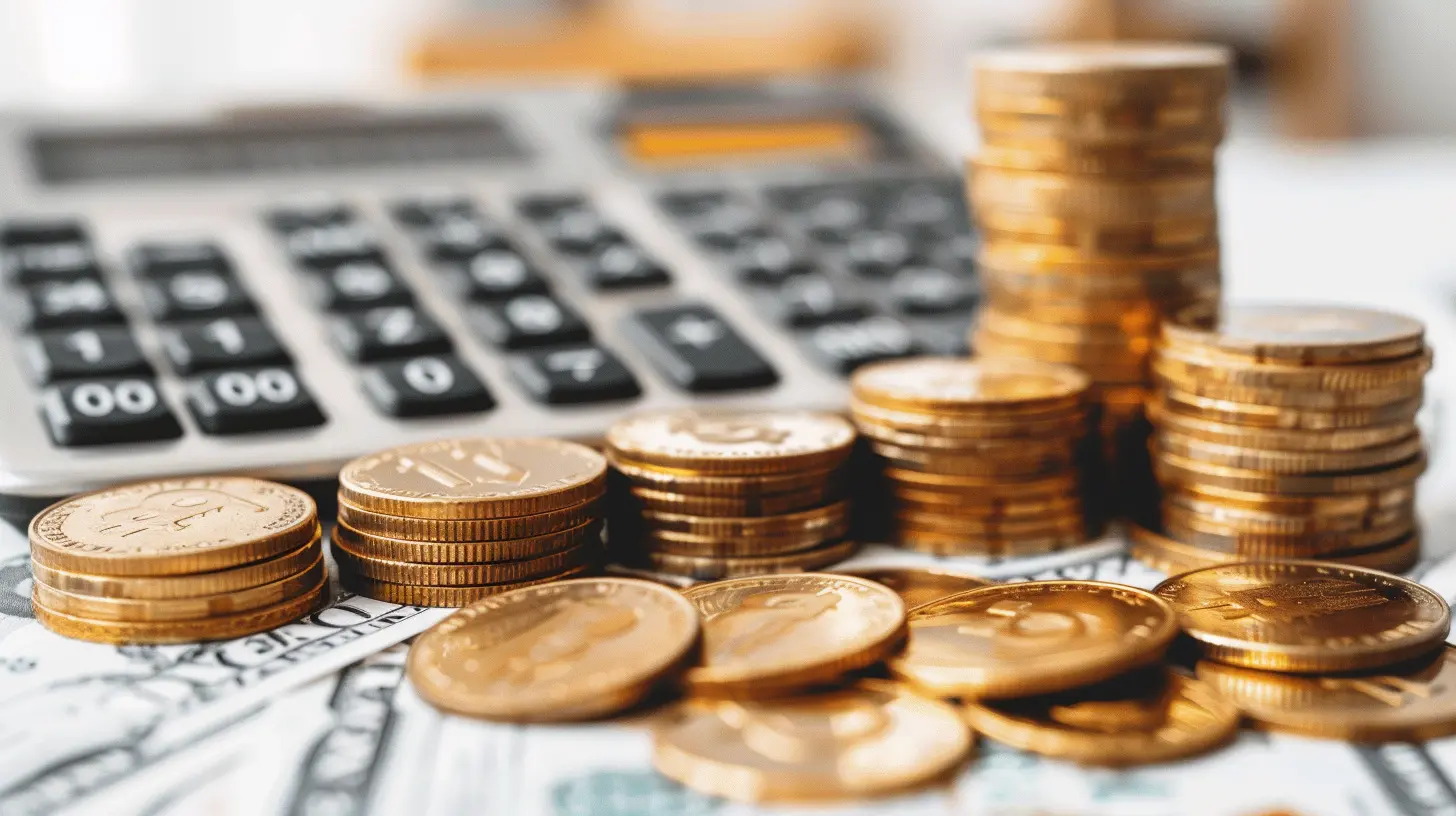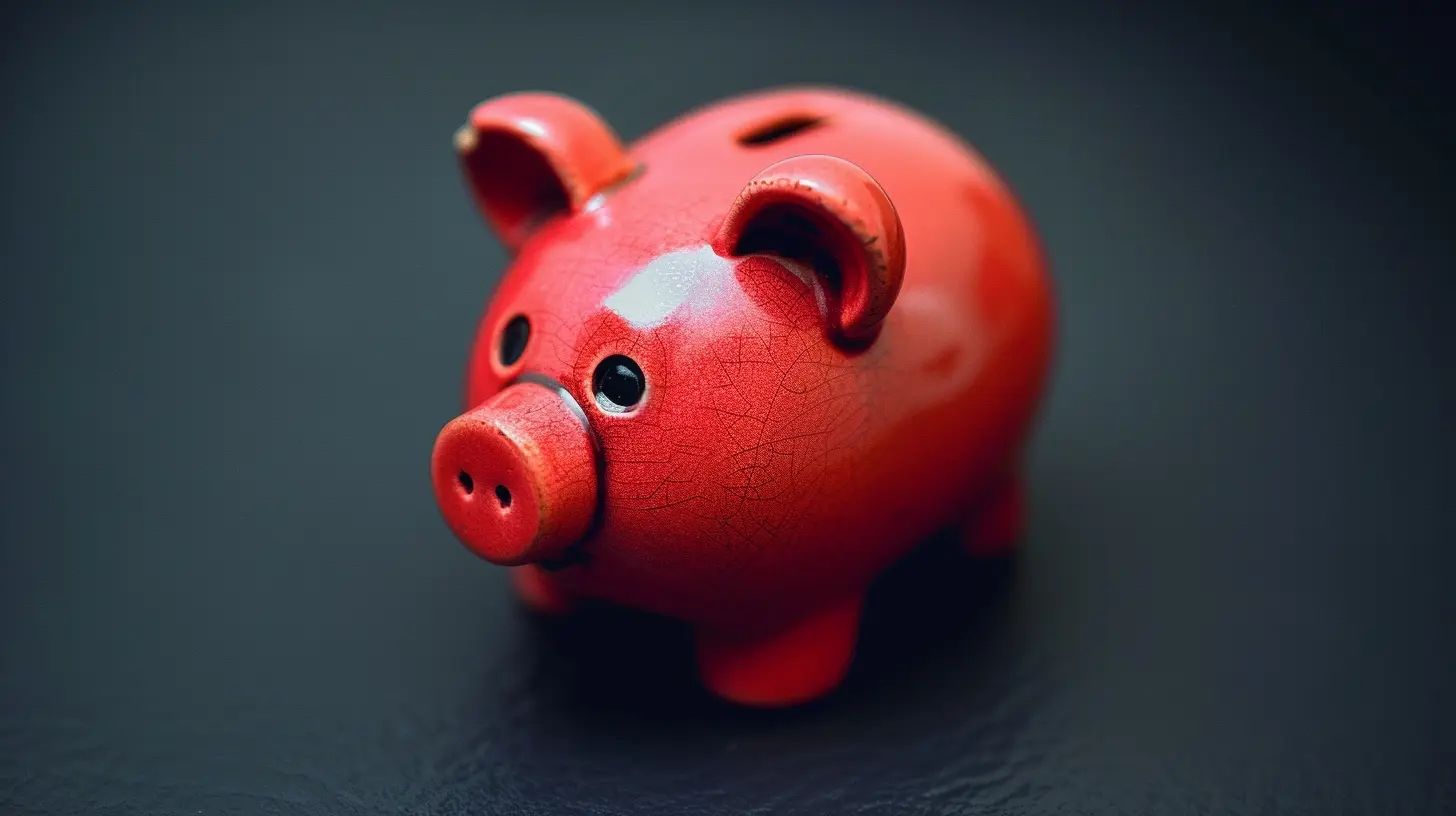How to Build and Maintain an Emergency Fund on a Budget
15 August 2025
Let’s get real for a second. Life happens — your car decides it's tired of being reliable, your pet swallows something it definitely shouldn’t, or your job ghosted you harder than that date from last Thursday. Emergencies are like that one friend who shows up uninvited and eats all your snacks. They don’t ask if it’s a good time — they just happen.
That’s why having an emergency fund is basically the adult version of a security blanket. But hey, building one when you’re already pinching pennies? That’s where the magic (and some budgeting mojo) comes in.
So, sit back, grab your favorite mug of budget coffee (instant counts), and let’s break down how to build and maintain an emergency fund on a budget without turning your wallet into an empty echo chamber.
What Exactly Is an Emergency Fund (and Why Should You Care)?
An emergency fund is like that backup pizza you stash in the freezer. You don’t hope to eat it, but when life falls apart — you’ll be glad it’s there.In fancy terms, it’s a stash of cash set aside for truly unexpected expenses. Think medical bills, job loss, car repairs, or an emergency trip to visit family — not that last-minute concert ticket or your fourth coffee of the day.
Why It’s Crucial (Especially When You’re Broke-ish)
- It Keeps You From Racking Up Debt: Instead of reaching for the high-interest credit card, you dip into your emergency savings.- It Gives You Peace of Mind: Adulting is stressful enough. Knowing you’ve got a financial cushion? Priceless.
- It Helps You Stay on Track Financially: Emergencies won’t totally derail your progress if you’re prepared.

Step 1: Set a Realistic Goal — Baby Steps, My Friend
Look, I’m not going to tell you to squirrel away $10,000 overnight. That’s not realistic unless you suddenly win the lottery or find a secret inheritance.Start with a Mini-Emergency Fund
Aim for $500 to $1,000 to start. It’s enough to handle minor emergencies like a surprise vet bill or a broken phone. Once that’s covered, then you can work toward a bigger goal like three to six months’ worth of living expenses.Break It Down
- $20 per week = $1,040 in a year.- That’s literally skipping one takeout meal and maybe cutting back on your deluxe lattes.
You don’t have to save huge chunks — small, consistent steps get you there faster than you think.
Step 2: Budget Like a Boss
I know, budgeting sounds about as fun as cleaning your bathroom grout. But trust me, it’s the cornerstone of adult financial life.Track Your Spending (Prepare for the Shock)
Before you can save, you’ve gotta know where your money is going. Spoiler: It’s probably slipping away on stuff like subscriptions you forgot about (still paying for that meditation app you never use?).Use budgeting apps like:
- Mint
- You Need a Budget (YNAB)
- EveryDollar
Or go old-school with a spreadsheet or even a notebook.
Create a "Fun But Frugal" Budget
Once you’ve seen where your money is going, start trimming the fat:- Ditch or downgrade some subscriptions.
- Cook at home more often (YouTube has a tutorial for every meal).
- Use cashback apps and coupons like it’s a game.
Every saved dollar is a soldier in your emergency fund army.
Step 3: Automate to Eliminate Excuses
The best way to save money without constantly thinking about it? Automation. It’s like setting your financial life on cruise control (but way safer).Set Up Automatic Transfers
- Open a separate savings account for your emergency fund (more on that in a sec).- Have your bank send $10, $20, or however much you can afford into that account every payday.
Out of sight, out of mind — and into savings.
Step 4: Find Hidden Money Lying Around
You’d be surprised how much money you can find just by being nosy with your finances.Side Hustle or Sell Stuff You Don’t Use
- Sell clothes, electronics, or that guitar you swore you’d learn.- Freelance, pet-sit, drive for delivery apps — even one job a week can funnel cash to your fund.
Use Windfalls Wisely
Got a tax refund or birthday cash from Grandma? Put at least some of it in your emergency fund. Future You will be grateful. (Sorry Grandma, it’s not going toward that Air Fryer.)Step 5: Keep It Safe, But Accessible
Your emergency fund should be like a fire extinguisher — there when you need it, not super easy to misuse.Best Places to Park Your Emergency Fund:
- High-yield savings account — earns a bit more interest than regular savings.- Money market account — slightly better returns and still accessible.
- Not under your mattress — we’re pro-safety here.
Avoid putting it into stocks or long-term investments. You don’t want your emergency money taking a rollercoaster ride on Wall Street.
Step 6: Set and Forget (Until You Really Need It)
Once your emergency fund is up and running, the key is not touching it unless it’s a genuine emergency. (Spoiler alert: “I forgot to buy concert tickets before they sold out” is not an emergency.)Define What’s Worth Using It For:
- Medical bills- Major car repairs
- Job loss
- Essential travel
If it doesn’t threaten your health, safety, or home, try to work it into your regular budget instead.
Step 7: Refill It After You Use It
Life throws curveballs. That’s okay. If you dip into your emergency fund, don’t panic — just start rebuilding as soon as possible.Even if you can only refill it $10 at a time, it matters. You’re not failing. You’re just being financially flexible.
Affordable Emergency Fund Hacks
Let’s turbo-charge your savings with little tricks and habits that won’t make you feel broke.1. Use the “Round-Up Rule”
Some banks and apps round up your purchases to the nearest dollar and dump the change into savings. You won’t even miss the difference — and it adds up sneakily fast.2. Cut One Expense a Month
Challenge yourself to eliminate one spending habit temporarily:- No fast food for a month.
- Cut streaming services down to one.
- BYOC (Bring Your Own Coffee).
Channel that money into savings and give yourself a virtual high-five.
3. Budget with Cash
Use the envelope method for categories you overspend on. It’s surprisingly effective. You won’t swipe your debit card like it’s Monopoly money when you’re holding real cash.What If Saving Is Still Impossible?
Okay, real talk: some months, saving even $5 feels laughable. That’s valid. You can still start somewhere.Try These:
- Save windfalls only (tax returns, bonuses, birthday money).- Save once a week — even if it’s just $1.
- Join a savings challenge like the 52-week challenge (Save $1 week one, $2 week two, and so on).
Don't let perfection stop you from getting started.
Celebrate the Wins (Even the Tiny Ones)
Saved your first $100? That’s a milestone. Celebrate without spending — maybe a solo dance party or bragging to your group chat. Building financial security deserves hype.Remember, every dollar you save is proof that you're taking control of your life, one emergency at a time.
TL;DR: Emergency Funds Don’t Have to Be Fancy
Whether your paycheck is slim or your expenses are wild, you can still build an emergency fund. It’s not about how much you make — it’s about how intentional you are with what you have.Here’s your recap cheat sheet:
- 🎯 Set a small, realistic goal — and build from there.
- 📊 Budget like your future self depends on it (spoiler: they do).
- 📥 Automate savings to make it mindless.
- 🛍️ Cut or sell stuff you don’t need.
- 🔐 Keep your fund safe but easily accessible.
- 💪 Refill after using it — no shame in the game.
Your emergency fund is your financial superhero cape. You might not need it every day, but when the storm hits? Ooh boy, you’ll be so glad you have it.
Now go start that fund like the responsible, slightly chaotic adult you are.
all images in this post were generated using AI tools
Category:
Budgeting TipsAuthor:

Knight Barrett
Discussion
rate this article
1 comments
Nathan O'Brien
Building an emergency fund is a vital step towards financial security. Remember, every small contribution counts, and it's okay to take your time. You've got this!
September 2, 2025 at 3:57 AM

Knight Barrett
Thank you! Absolutely, every little bit adds up, and patience is key in building a solid emergency fund.


